Peter Alexeyevich, known as Peter the Great, was the Tsar of Russia from 1682 till his death on 8th February 1725. He became co-ruler of Russia at the age of 10 in 1682 but it was only after the death of his half-brother Ivan V in 1696 that he gained complete control of the Tsardom of Russia and initiated his military campaigns and internal reforms which would expand Russia into a larger empire and make it into one of the leading powers in Europe. Peter the Great is most famous for initiating the modernization of Russia and making it into a major maritime power. He was involved in several wars, most prominently the Azov campaigns against the Ottoman Empire and the Great Northern War against Sweden. Here are 10 interesting facts about the family, life, personality, reign and death of Peter I of Russia.
#1 HIS GRANDFATHER WAS FOUNDER OF THE ROMANOV DYNASTY IN RUSSIA
Born on 9th June 1672 in Moscow, Russia, Peter Alexeyevich was the first of three children of Tsar Alexis I and his second wife Natalya Naryshkina. His father Aleksey Mikhailovich, or Alexis I, also had thirteen children from his first marriage with Maria Miloslavskaya. Peter’s mother Natalya belonged to a Russian noble family; her father Kirill Naryshkin served in several military campaigns of Tsar Alexis. Peter’s grandfather, Michael I of Russia, or Mikhail Fyodorovich Romanov, was the first Russian Tsar from the House of Romanov, which ruled Russia for more than 300 years from February 21, 1613 to March 15, 1917.
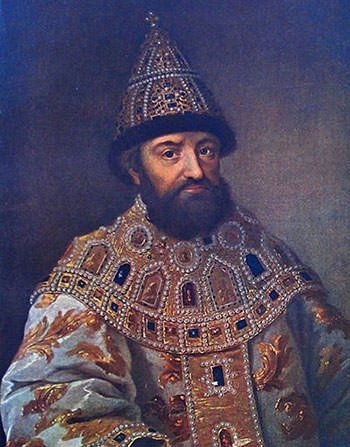
#2 PETER BECAME CO-TSAR OF RUSSIA AT THE AGE OF 10
After the death of Alexis I on 29th January 1676, Peter’s half-brother Feodor III succeeded to the throne. However as Feodor was weak and sickly, the real power was held by the Miloslavsky family. After the death of Feodor in 1682, there was a fierce power struggle between families of the two wives of Alexis I, the Miloslavskys and the Naryshkins. 10-year-old Peter was proclaimed as Tsar over his elder half-brother, Ivan V, who was of infirm mind. But this was followed by Rebellion of the Streltsy (Russia’s elite military corps) during which several aides and relatives of Peter were murdered. Ivan and Peter were then proclaimed joint tsars but it was Ivan’s 25-year-old sister Sofia Alekseyevna who was the de facto ruler. As regent she took control of affairs and ensured power for herself and the Miloslavsky family.
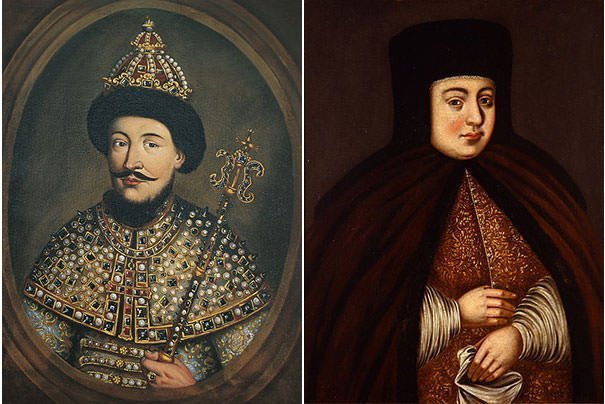
#3 HE BECAME SOLE RULER OF RUSSIA IN 1696
Sofia excluded Peter from public affairs and he lived with his mother in the village of Preobrazhenskoye, near Moscow. This resulted in Peter spending his early years in a comparatively open atmosphere, not confined to the palace. In 1688, Peter, who was now 16, began to shift the power balance in favor of him and the Naryshkins. Sofia and her supporters began to decline and though she attempted another coup with aid from the Streltsy, she was overthrown in 1689. Peter remained co-ruler with Ivan V till 1696, when the death of Ivan made him the sole emperor of Russia. Sofia was forced to become a nun after another Streltsy rebellion in 1698 and died six years later.
#4 His SUCCESSFUL AZOV CAMPAIGNS BEGAN RUSSIA’S ASCENDANCY AS A NAVAL POWER
In order to strengthen Russia’s position, Peter believed it was necessary to make it a naval power. However, Russia had no access to the Black Sea, the Caspian, or Baltic Sea; which were controlled by the Ottoman Empire, Safavid Empire and Sweden respectively. In 1695–96, Peter organized the Azov campaigns against the Ottoman Empire to gain access to the Azov Sea and the Black Sea. After failure in the first campaign, Peter built a large fleet and was able to capture Azov in July 1696. On September 12, 1698, the port city Taganrog was founded by Peter the Great near the mouth of Don River, which flows to the Azov Sea. Taganrog became the first military base of the Russian Navy. The success of Azov campaigns is considered the beginning of Russia turning into a maritime power.
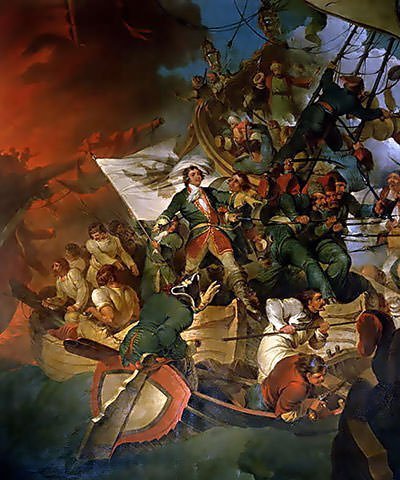
#5 HE TRAVELED AS PETER MIKHAILOV ACROSS EUROPE
Peter knew that it would be difficult for Russia to face the mighty Ottoman Empire alone. In 1697, he traveled incognito to Europe under the name of Peter Mikhailov, with a large Russian delegation, known as the Grand Embassy. The principal aim of it was to form a strong alliance with European nations against the Turks to aid Russia’s quest for northern coastline of the Black Sea. The 18-month journey was not a success in that regard as European powers were occupied with the succession of the childless Spanish King Charles II. However during his time in Europe, Peter the Great studied shipbuilding and even worked as a ship’s carpenter in the yard of the Dutch East India Company. He later used his shipbuilding knowledge to strengthen the Russian navy. He also gained valuable insights into the international situation; and economic and cultural life of Europe.
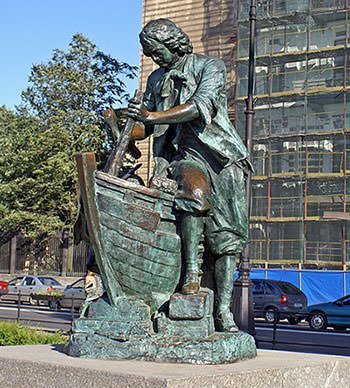
#6 HE BRUTALLY SUPPRESSED ALL REBELLIONS DURING HIS REIGN
During Peter’s visit to Europe, he received news that there had been another Streltsy Uprising in Russia. By the time Peter returned to tackle the revolt, it had already been crushed. Nonetheless, Peter acted ruthlessly towards the mutineers. More than 1,200 rebels were tortured and executed by various cruel methods. Their bodies were then publicly exhibited to warn future conspirators. Peter abandoned the units of streltsy and incorporated its members into the regular army. There were several other rebellions during Peter’s reign including the Bulavin Rebellion of 1707–08. Peter brutally crushed all rebellions and handled the rebels with extreme cruelty.
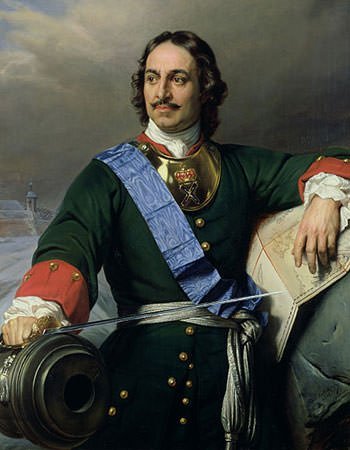
#7 HIS PRIMARY MILITARY SUCCESS CAME AT THE GREAT NORTHERN WAR
Peter decided against waging war on the Ottoman Empire without European aid. He abandoned plans to push forward from Azov Sea to gain access to the Black Sea. Instead he helped form a grand alliance comprising of Russia, Saxony, and Denmark–Norway against the Swedish Empire, which blocked Russia’s route to the Baltic. This led to the Great Northern War which lasted for 21 years from 1700 to 1721. After initial setbacks against Charles XII’s Swedish army, Peter the Great was able to tilt the war in his favor through dexterous statesmanship, generalship, and diplomacy. The war shifted decisively towards Russia after success at the Battle of Poltava (1709); and culminated with the Russo-Swedish Treaty of Nystad (1721), which opened the eastern shores of the Baltic to Russia. The Northern War also established Russia as a dominant power in Europe.
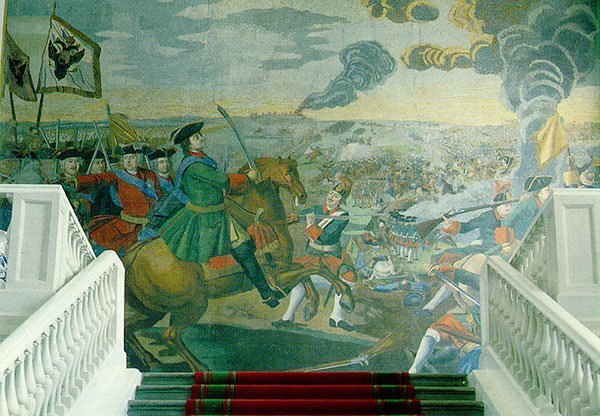
#8 HE SHIFTED THE CAPITAL OF RUSSIA FROM MOSCOW TO SAINT PETERSBURG
During the Great Northern War, Peter actively participated in several operations including the Russian capture of Narva (1704); the decisive Battle of Poltava (1709); and Russia’s first victory at sea at the Battle of Gangut (1714). After gaining ground in Sweden’s Baltic provinces, he founded the city of Saint Petersburg in 1703 to cement Russia’s access to the Baltic Sea. In 1712, Peter moved his capital to Saint Petersburg from its former location in Moscow. In 1721, soon after peace with Sweden was achieved, Russia was proclaimed as an empire and Peter the Great was officially proclaimed Emperor of All Russia.

#9 He MARRIED A SERVANT AND CROWNED HER EMPRESS
Peter first married at the age of 17 on 27th January 1689 to Eudoxia Lopukhina. He had three children with her, of whom one survived to adulthood. Peter didn’t get along with his first wife, divorced her in 1698 and forced her into joining a convent. Peter’s son with Eudoxia, Alexei Petrovich, was later suspected of plotting to overthrow Peter and was sentenced to be executed in 1718. He died in prison probably due to injuries suffered during torture to make him confess his crime. Peter’s most successful romantic relationship was with Marta Skavronska, a servant of his friend Alexander Menshikov. Marta became Peter’s mistress around 1702 and changed her name to Catherine. Peter married Catherine officially at Saint Isaac’s Cathedral in St. Petersburg on 9th February 1712. They had eleven children, five before their official marriage, but only two girls survived till adulthood, leaving Peter without a male heir. In 1724, Peter had his second wife, Catherine, crowned as Empress.
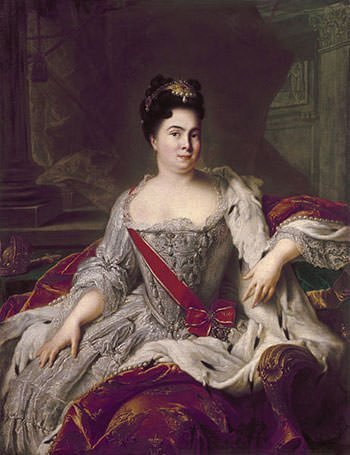
#10 PETER THE GREAT IS CREDITED WITH MODERNIZING RUSSIA
Peter’s overall health was never robust and in 1723 he began to have problems with his urinary tract and bladder. His health further deteriorated in early 1725 and he breathed his last on February 8, 1725 in St. Petersburg. An autopsy revealed his bladder to be infected with gangrene. Peter I is called great not for his expansion of the Russian Empire but because he led a cultural and political revolution by creating systems which were modernized and scientific. He also took measures to end the dominance of traditionalism and religion in Russia and make it move towards modern thought. However he is also labelled as tyrannical due to his cruel executions, high taxes, violent tendencies, several revolts during his reign and his insensible measures like the beard tax on men with beards.
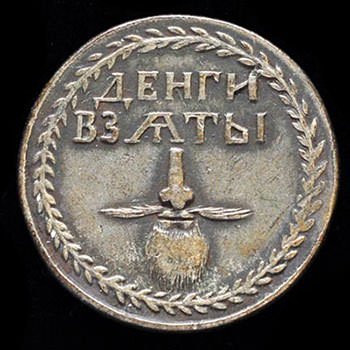
PETER THE GREAT’S PERSONALITY
Peter I was extremely tall with a height of 6 ft 8 in (203 cm). He thus stood head and shoulders above his contemporaries. He was handsome and of unusual physical strength. He believed in hard work and performed his duties with the same diligence that he demanded of others. He began his own army service at the lowest rank and required others to do likewise to gain mastery of their profession. Peter is said to have had an eye for talent which aided him to pick the right people for the work required. He was also fond of merrymaking; and at times drank excessively and even forced his guests to do so. Peter was known to have a terrible temper and could be cruel when opposed. At such times, people usually asked his beloved wife Catherine to intercede with him for them.

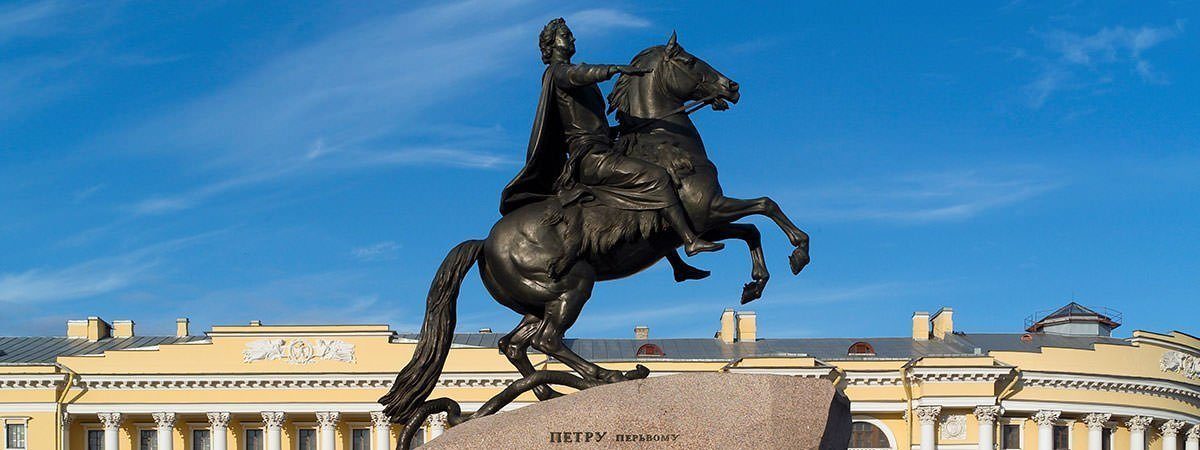
Born in StPetersburg, Putin sees Peter the Great as role model and St Vladimir the Great of Kiev as patron saint!
ummmmm, not that much facts also not true
I must be following in the footsteps of my predecessor ! 🙂